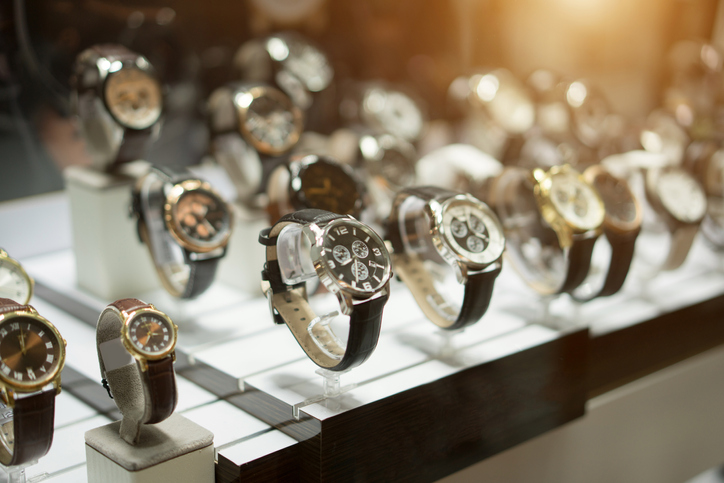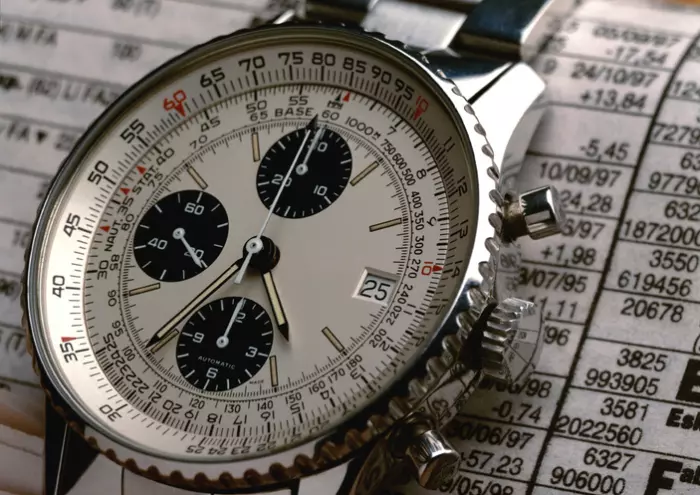By Annabelle Droulers, with assistance from Andy Hoffman
More signs are emerging that the secondhand luxury watch market is finding its footing, after prices surged and then tumbled earlier this year.
An index for Rolex resale prices at WatchCharts, a market research consultancy, fell 1.84% in early September from the month before, a slower pace of decline following a slump in the northern summer of at least twice that rate.
Meanwhile, the Subdial50 index, which tracks prices of the 50 most-traded luxury watches, ticked up 1.2% in the 30 days to Sept 7, “hinting at a bottoming out of prices in the world’s most popular luxury watch references”, the London-based company said in a post.
The index tracks references for watches such as the Rolex Daytona and Datejust, as well as Patek Philippe Nautilus and an Audemars Piguet Royal Oak.
Luxury timepieces have been on a wild ride this year, particularly in the closely tracked secondary market. There is wide variation of price performance in the market, but valuations for some of the most coveted models slumped in the late northern spring after hitting a peak some time in March or April, depending on which models are tracked.
The downturn had been linked by some to a collapse in cryptocurrency prices, though others thought different factors were in play, such as dealers trying to get rid of excess stock.
 Consumer demand for luxury timepieces remains resilient, according to one analyst. (Image: Getty)
Consumer demand for luxury timepieces remains resilient, according to one analyst. (Image: Getty) Gains in other asset classes, stimulus cash and speculation fuelled what some were calling a "bling boom" early this year, with new buyers looking for alternative investments. Demand for the most sought-after watch resales was high, sending prices soaring. In March, the WatchCharts Rolex index was up 35% over the same month the previous year.
“It was almost a sense of euphoria in the market,” said Austen Chu, founder and chief executive of online watch platform Wristcheck.
Then came the fall. In the steepest month-on-month drop, the WatchCharts Rolex index fell 5.9% in June, followed by a 3.5% decline in July and 5.1% drop in August.
“Flippers and day traders who’d been told you couldn’t lose money in watches came with little underlying passion and found themselves burnt when prices began to fall,” Subdial said in its post.
The price slide was largely attributed to dealers and individual owners trying to sell more watches, rather than fear from buyers.
“Consumer demand has been resilient,” said Kathryn Parker, a luxury goods sector analyst at New York-based equity research firm Jefferies.
For more articles like this, please visit us at bloomberg.com.
© 2022 Bloomberg L.P.















